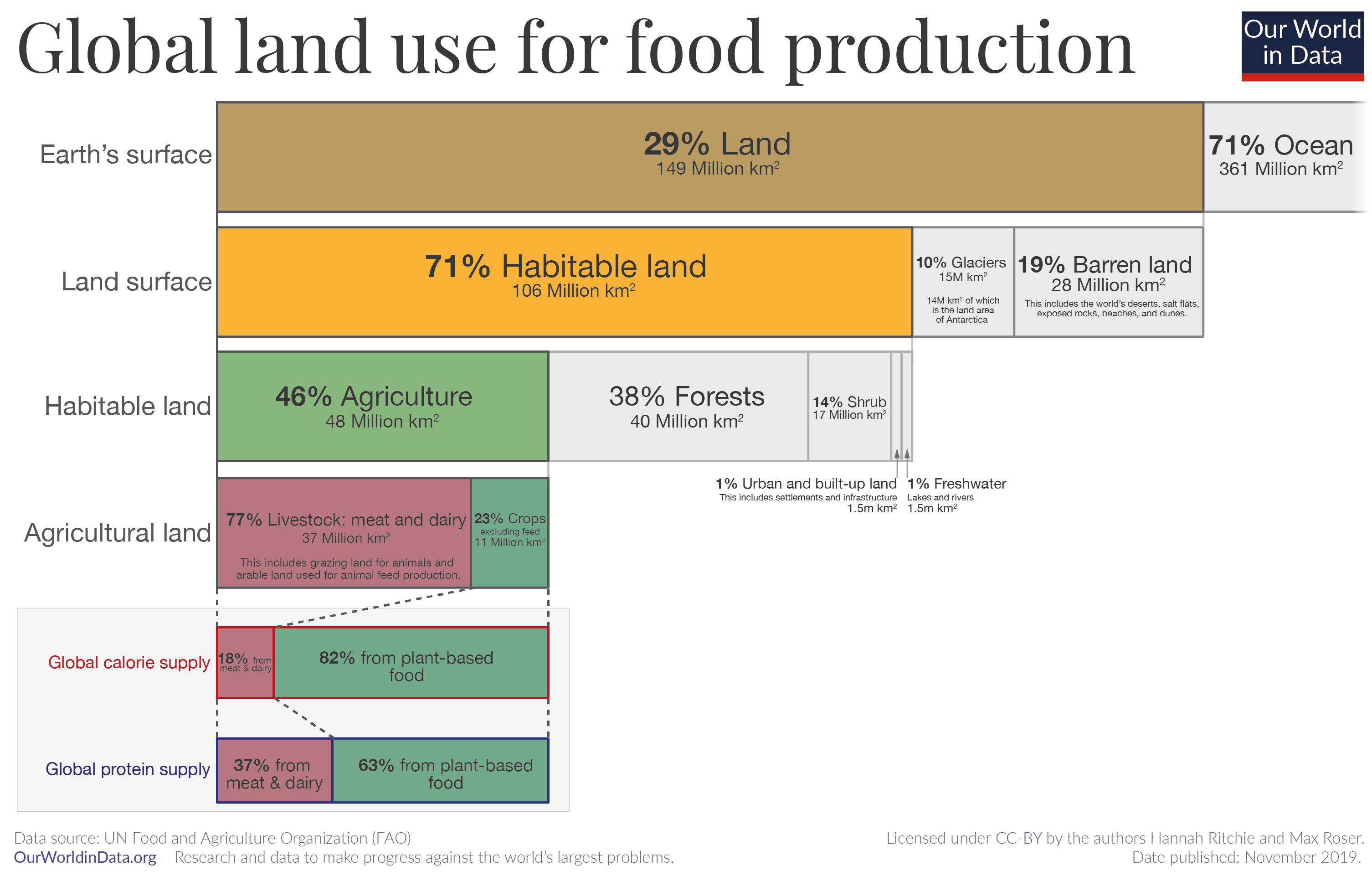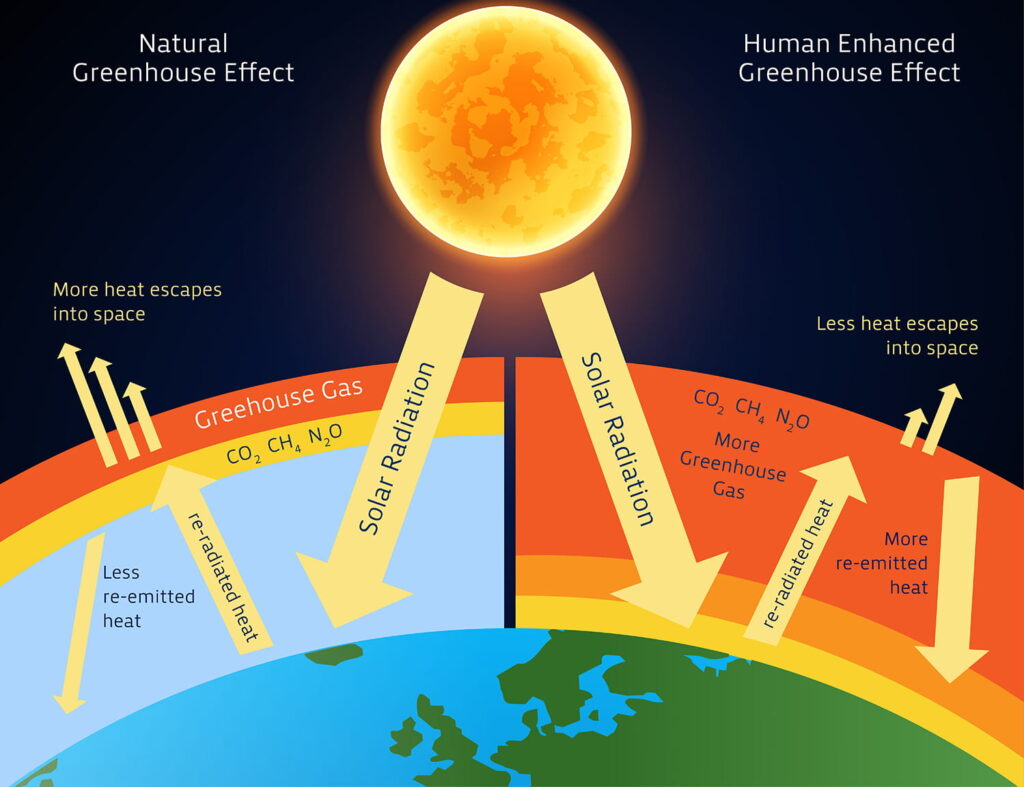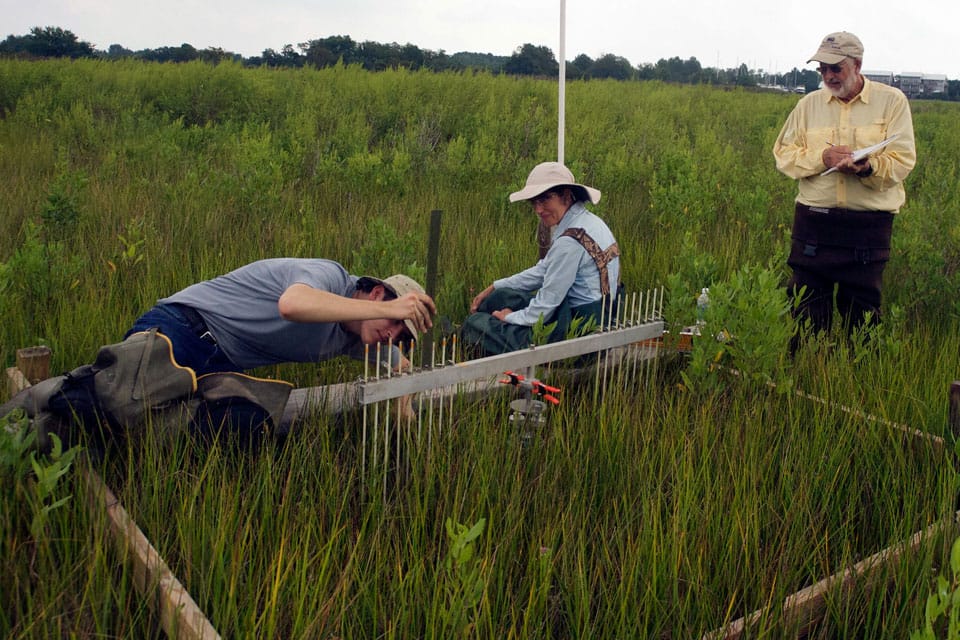
Published by Bantam/Turner Books (1992).
- Ishmael by Daniel Quinn is a fictitious philosophical novel that explores the role of human culture in shaping the natural environment. It tells the story of an unnamed narrator who responds to a newspaper ad from a mysterious teacher, seeking students who wish to save the world. The narrator discovers the teacher is Ishmael, a wise captive gorilla who spent years developing his philosophy surrounding humanity’s relationship with nature. Throughout his teachings, Ishmael poses that cultures identifying humans as separate from and superior to other life are responsible for the ongoing destruction of the planet.
- Ishmael identifies two distinct types of human culture: Takers and Leavers. Taker culture, the dominant culture since the widespread adoption of agriculture, centers around the belief that humans are above other organisms. Takers believe that people are meant to innovate, expand, and dominate the planet. In contrast, Leavers live within the laws of nature and are a part of their environment. Leavers don’t view themselves as inheritors of the Earth and don’t take any more than they need to live.
- While rooted in real-world issues of culture and environmental problems, Ishmael is a cli-fi (climate fiction) novel. It contains elements of science fiction, emotional plot lines, and accelerated pacing that reflects the urgency of the climate crisis.
How is this related to climate?
- Ishmael illustrates the dangers of modern Taker culture and its destruction on the planet. Takers believe that humans have the right to control the food supply. We take more than we need and eliminate competing plants and animals to expand our agricultural potential. Agricultural land accounts for almost half of all habitable land in the world. Most of this land is used for raising and feeding livestock (image below). One of the consequences of this unchecked disruption is anthropogenic climate change.

Diagram of global land used for agriculture and livestock in 2019, almost half of all habitable land is used for agriculture. Over three-fourths of this agricultural land is for raising and feeding livestock, despite animal products only accounting for a slim proportion of global calories (from Ritchie and Roser, 2019).
-
- According to the United Nations, agriculture and land use changes contribute 34% of global carbon emissions. Raising animals makes up a significant portion of these emissions. Livestock produces methane, a potent greenhouse gas that can trap 28 times more heat than carbon dioxide, as a byproduct of digestion. Producing fertilizers and distributing agricultural products also emit substantial amounts of greenhouse gases. Additionally, land use changes, or clearing natural forests or fields to make room for agricultural land releases carbon. Trees and other vegetation act as carbon sinks. Burning forests not only releases carbon, but it also prevents future carbon from being stored.
- Rising carbon emissions are amplifying the greenhouse effect (image below). Greenhouse gases, including carbon dioxide, methane, and others, trap heat in the atmosphere. This process regulates the planet’s temperature. However, as atmospheric carbon levels climb, more heat is captured and global temperatures rise.

Diagram demonstrating the greenhouse effect, the process of heat-trapping gases absorbing radiation from the sun and keeping the atmosphere warm (from Lai, 2021). On the left, is a model of the natural greenhouse effect, and on the right is a model of the human-enhanced greenhouse effect. Burning fossil fuels releases carbon emissions into the atmosphere, amplifying the greenhouse effect and causing the atmosphere to get hotter.
- Ishmael proposes that the solution to anthropogenic environmental destruction is changing our culture, to work within nature rather than against it. Author Daniel Quinn suggests that we treat the world as if we belong to it, rather than it belonging to us. This message is reflected by the push for nature-based solutions in adapting to and mitigating climate change.
- Natural climate solutions aim to increase carbon sinks and decrease atmospheric carbon by restoring, protecting, and better managing natural habitats. Beyond reducing carbon emissions, natural climate solutions benefit biodiversity, help make communities more resilient to climate change, decrease pollutants, and boost local economies.
- One example of a nature-based climate solution is preserving and reviving coastal wetlands (image below). This habitat is a very efficient carbon sink. Low oxygen levels in coastal wetlands prevent dead plant material containing carbon from decomposing quickly, allowing it to be buried in sediment. Coastal wetlands are also a natural defense against flooding and erosion, protecting local communities during storm events.

Scientists measuring sediment buildup at a coastal marsh in eastern Maryland, U.S. near the Chesapeake Bay (from National Oceanic and Atmospheric Administration, 2022). Soil buildup indicates how quickly plant material is buried in sediment, giving insight into carbon capture rates.
References and additional resources
- Brown, F. “‘Ishmael by Daniel Quinn, Climate Change, and Moving Beyond a Vision of Doom.” Stories for Earth. January 2020. https://storiesforearth.com/2020/01/14/ishmael-daniel-quinn-climate-change/.
- “Coastal Blue Carbon.” National Oceanic and Atmospheric Administration. October 2022. https://oceanservice.noaa.gov/ecosystems/coastal-blue-carbon/.
- “Food systems account for over one-third of global greenhouse gas emissions.” United Nations News. March 2021. https://news.un.org/en/story/2021/03/1086822.
- “Ishmael: A Novel.” Penguin Books Australia. n.d. https://www.penguin.com.au/books/ishmael-9780553375404.
- “Ishmael.org: the work & philosophy of Daniel Quinn.” Ishmael.org. 2023. https://www.ishmael.org/.
- Lai, S. “Why is the World Warming: An Introduction to Climate Change and Impact of Food.” What’s Up In Science: Northwestern University. March 2021. https://sites.northwestern.edu/scienheal/2021/03/13/why-is-the-world-warming-an-introduction-to-climate-change-and-impact-of-food/.
- “Perspectives: Natural Climate Solutions.” The Nature Conservancy. 2023. https://www.nature.org/en-us/what-we-do/our-insights/perspectives/natural-climate-solutions/.
- Reinwald, P. “‘Ishmael’ by Daniel Quinn and the movement it inspired.” The Chicago Tribune. July 2013. https://www.chicagotribune.com/entertainment/books/ct-xpm-2013-07-13-ct-prj-0714-ishmael-lifes-operating-manual-tom-sha-20130713-story.html.
- Ritchie, H. and Roser, M. “Land Use.” Our World in Data. September 2019. https://ourworldindata.org/land-use.
- “What is the greenhouse effect?” National Aeronautics and Space Administration. June 2023. https://climate.nasa.gov/faq/19/what-is-the-greenhouse-effect/.
